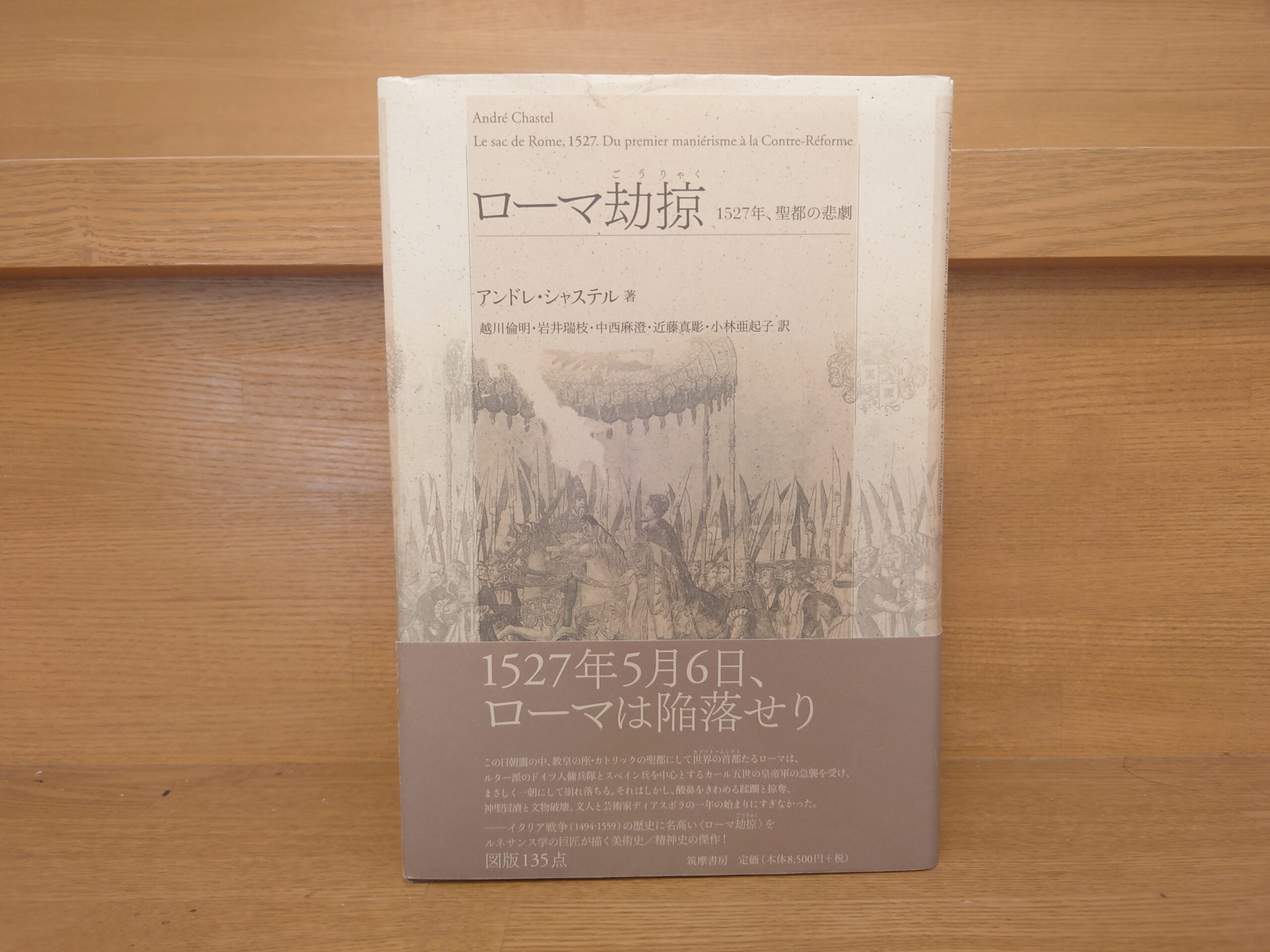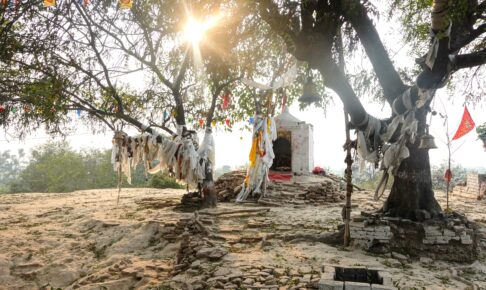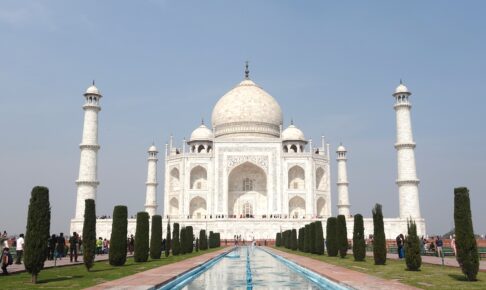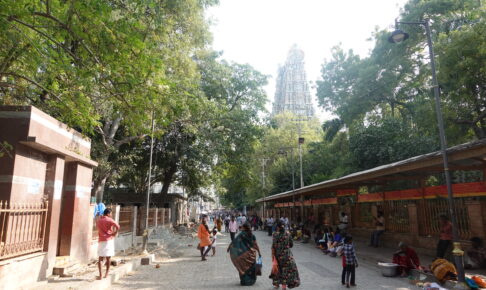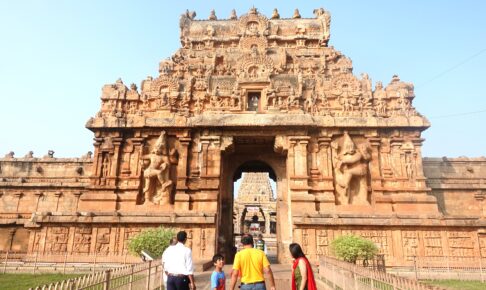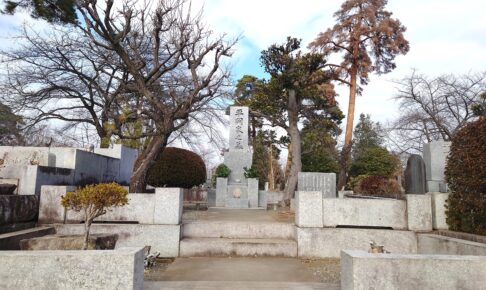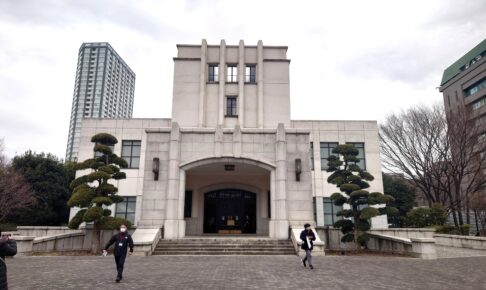André Chastel's "The Tragedy of the Holy City in 1527, The Plunder of Rome" Summary and Impressions - The Shocking Destruction and Sack of Rome by the Holy Roman Empire's Army.
This time I would like to introduce "Rome" written by Andre Chastel and translated by Michiaki Koshikawa, Mizue Iwai, Asumi Nakanishi, Maboru Kondo, and Akiko Kobayashi, published by Chikuma Shobo in 2006.plunder The Tragedy of the Holy City, 1527".
Let's take a quick look at the book.
Rome fell on May 6, 1527. In the morning mist of that day, Rome, the seat of the Pope, the holy city of Catholicism, and the capital of the world, was attacked by the imperial army of King Carl V, led by Lutheran German mercenaries and Spanish soldiers, and collapsed in a single morning. It was, however, only the beginning of a year of savagery and plunder, desecration and destruction of cultural relics, and a diaspora of men of letters and artists. -The master of Renaissance studies depicts the famous "Roman plunder" of the Italian wars (1494-1559) in this masterpiece of art history and spiritual history! 135 illustrations.
AmazonProducts Page.
The Sacco di Roma (Roman plunder) case of 1527.
I learned about this case in a previous edition of this blog.Rome of the Popes.Thanks to the
This was a horrific event in 1527, when Rome was attacked, massacred, and plundered to the point of extermination.
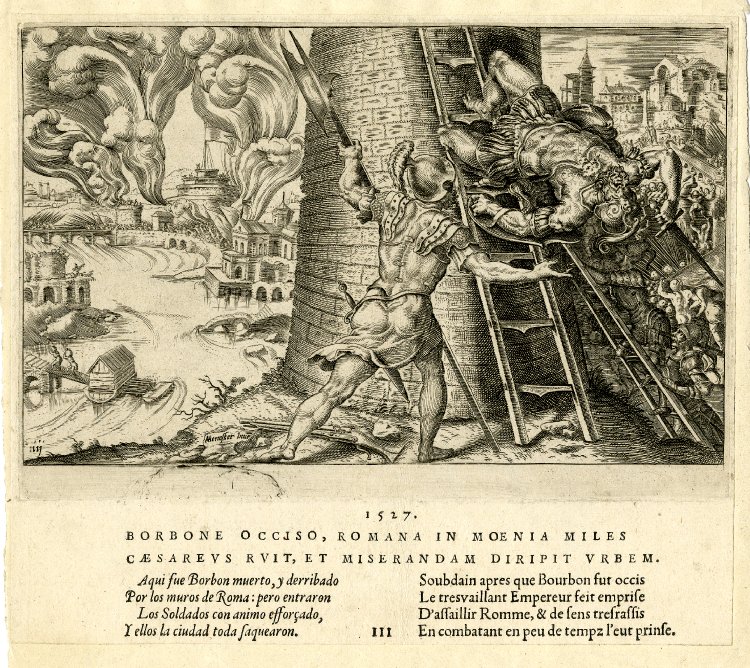
What is more, it was the Holy Roman Empire army of King Karl V that did it.
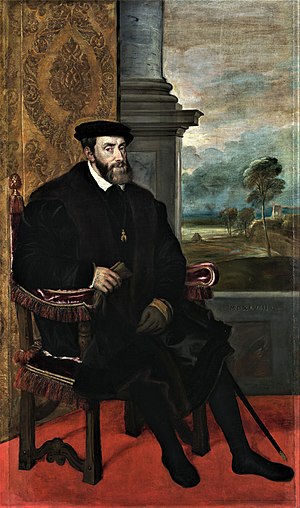
Carl V was the emperor of two nations, Spain and the Holy Roman Empire. In other words, he was the head of a fervently Catholic nation. The fact that the leader of this Catholic kingdom had so thoroughly destroyed and plundered the Holy See, the Vatican, made my head spin.
That said, I have always understood that after the discovery of the Americas, Spain used its gold to spend vast sums of money and effort to promote Catholic prosperity and counter the Reformation.
It is true, but can you imagine the Holy Roman Empire of Spain looting and destroying the Vatican, the headquarters of Catholicism?
I cannot tell you why this happened because it would take too long, but for me, the event was so shocking. I am sure that you have probably seen the Sacco di Roma event before in your study of Christian history, but I was not aware of the gravity and seriousness of this event. However, I had never realized the gravity and seriousness of this event. It was only after reading this book that I understood its significance. In that sense, too.Rome of the Popes.has been a work that has overturned my previous view of Christianity.
And in "Rome of the Popes," André Chastel's "The Tragedy of the Holy City in 1527," which is introduced here, was mentioned as a reference in the book.
In "Rome of the Popes," the following was said about the Roman Eucharist and André Chastel.
As noted in the text, for Protestants, Catholics, and Habsburgs alike, Sacco di Roma is a stain on history, so to speak, and an episode that they do not want to be mentioned.
So in Europe, the case tends not to be discussed in detail in general. In Japan, Chastel's classic research book, which mainly discusses art, was translated in 2006, but the outline of the incident is almost unknown. And it seems that the implications of the case and its impact have never been discussed.
Heibonsha, Masumi Ishinabe, The Popes' Rome: Art and Society in the Renaissance and Baroque, p. 336
It is true that I had never even heard of the Sacco di Roma case. Moreover, even if I had read about it in a book, it was only a brief description of what had happened. So I was not aware of the significance of the incident.
So the above circumstances were behind why this case is not talked about much.
However, "The Tragedy of the Holy City of Rome in 1527," which is presented here, is a valuable work that discusses Sacco di Roma head-on.
The translator's afterword describes the book as follows
The "Roman plunder" of European history may not be so familiar to Japanese readers in general.
Ever since Charles VIII of France advanced his armies into Italy in 1494 to claim Naples, Italy had been the scene of repeated battles between the French and Spanish powers, which played with the smaller states that clustered on the peninsula. The Papacy, the spiritual head of the Christian world, was no exception, and at that time it was also a "state" with a large territory in central Italy.
Clement VII of the Medici family, elected Pope in 1523, failed to balance the political pressures of the two powers through diplomatic maneuvering, leading to the unprecedented catastrophe of Rome, the "capital of the world," being overrun by the troops of King Carl V, who was both Holy Roman Emperor and King Spaene. The "capital of the world," Rome, was overrun by the armies of Carl V, the Holy Roman Emperor and King Spain.
It was less than twenty years after Michelangelo and Raphael began painting the splendid murals that remain in the Vatican Palace today.
In this book, André Chastel, a leading French art historian of the 20th century, discusses this event of the Roman plunder from a broad cultural historical perspective that is not limited to art historical discussions in the narrow sense.
Chikuma Shobo, Rome, by Andre Chastel, translated by Michiaki Koshikawa, Mizue Iwai, Asumi Nakanishi, Maboru Kondo, and Akiko Kobayashiplunder The Tragedy of the Holy City, 1527, p. 456.
Some line breaks have been made.
This piece provides a fairly detailed look at the circumstances of the horrific incident called Sacco di Roma.
The Sacco di Roma incident was too shocking for me.
This book is a great way to learn about that tragedy that you may want to turn away from. The book's blurb states.
An event that, like 9/11 in New York, has transformed the collective psyche of a generation (Judith Hook, Preface to the second edition of The Roman Plunder).
Whenever a large-scale collective tragedy occurs, there is an uncontrollable gale of imagination that blows in the air as a choking heat wave swirls around a great fire, before, during, and after the event. In the upheavals of cruelty and terror, all manner of imaginative worlds emerge in their full force and powerful spills. The Roman plunder manifested this fact, and we are about to attempt to disprove it. ...... No doubt Rome was once spiritually destroyed. Does art, then, mirror this collapse (from the introduction to this book)?
Chikuma Shobo, Rome, by Andre Chastel, translated by Michiaki Koshikawa, Mizue Iwai, Asumi Nakanishi, Maboru Kondo, and Akiko Kobayashiplunder From the obi of "Tragedy in the Holy City, 1527.
This book is recommended in combination with "Rome of the Popes" by Masumi Ishinabe.
You will witness the incredible history of the Vatican, which is majestic and overwhelmingly beautiful.
I have been reading this book for less than a month now and I am still in that state of shock. It is such a shock. I feel that this event is very significant not only for religion but also for the history of mankind.
I would highly recommend this work.
The above is "André Chastel, "The Roman Plunder 1527, Tragedy of the Holy City" - The Shocking Destruction and Sack of Rome by the Holy Roman Empire's Army".
Next Article.
Click here to read the previous article.
Related Articles












